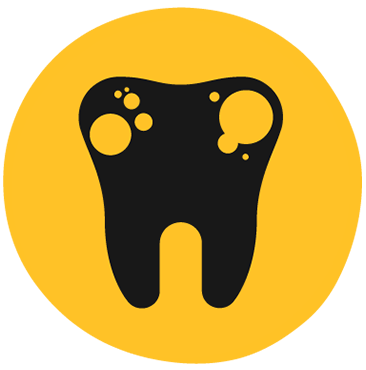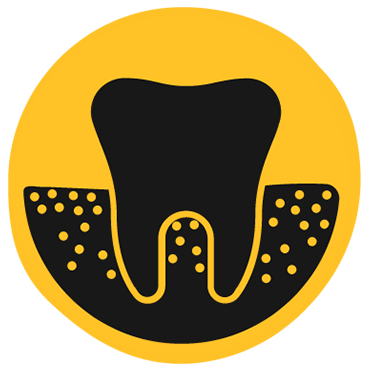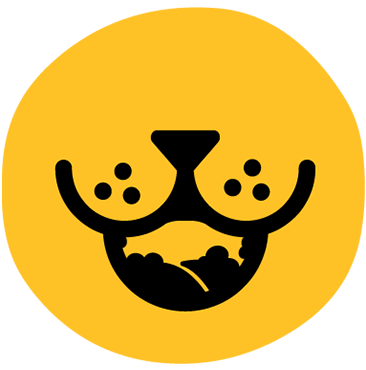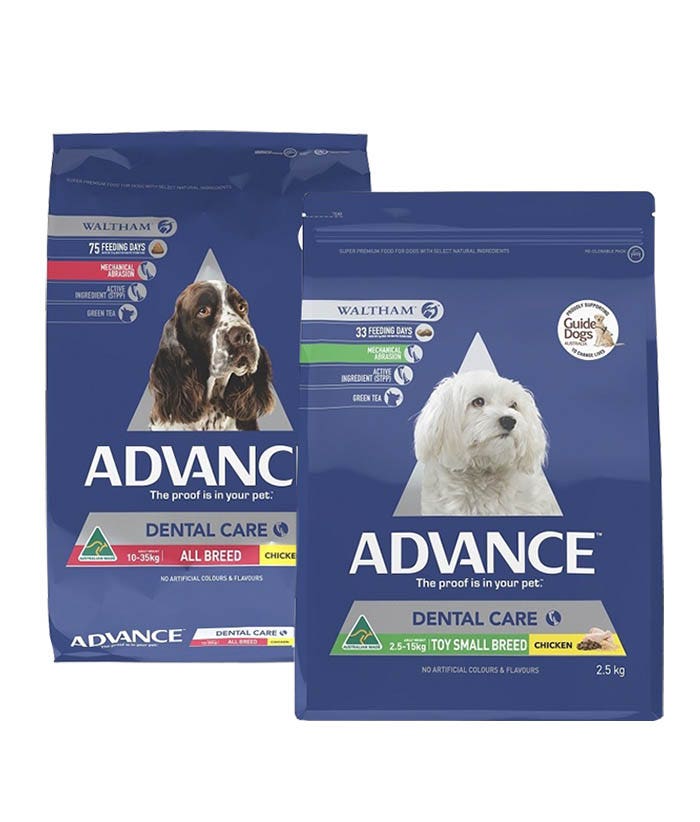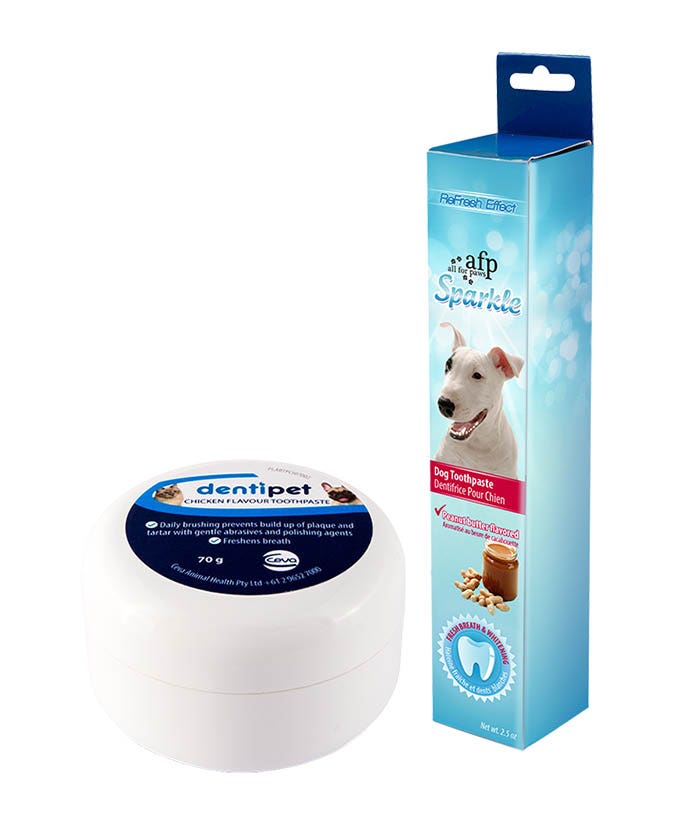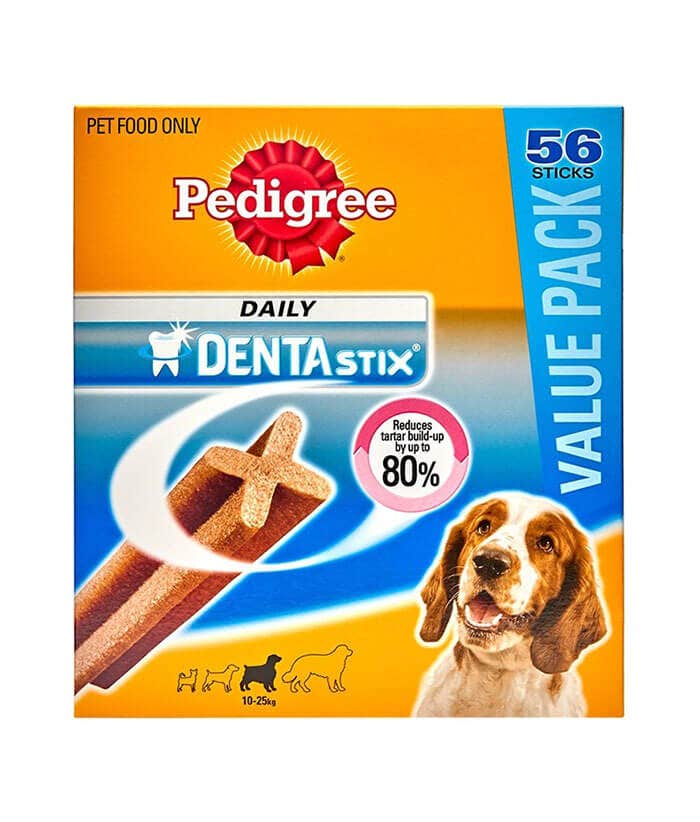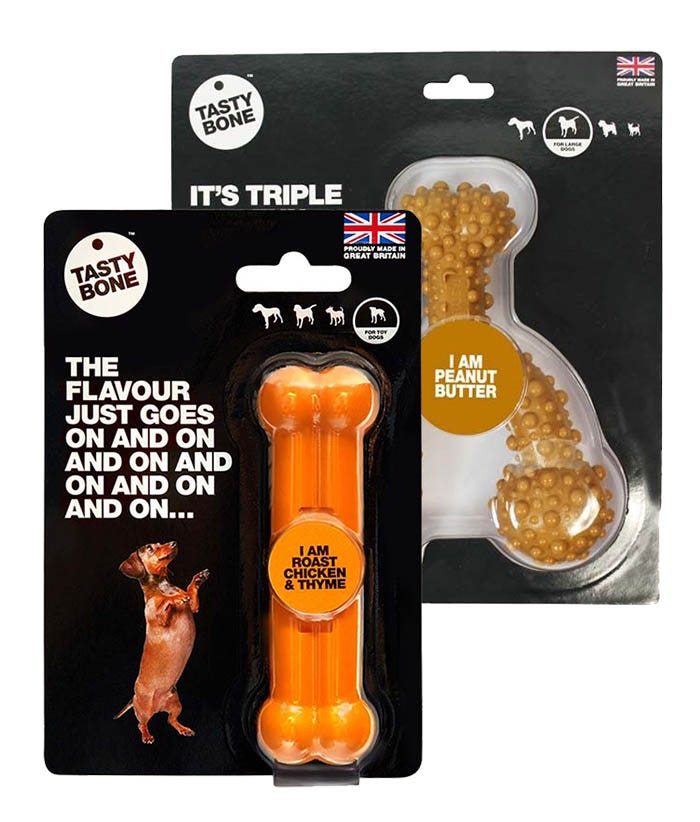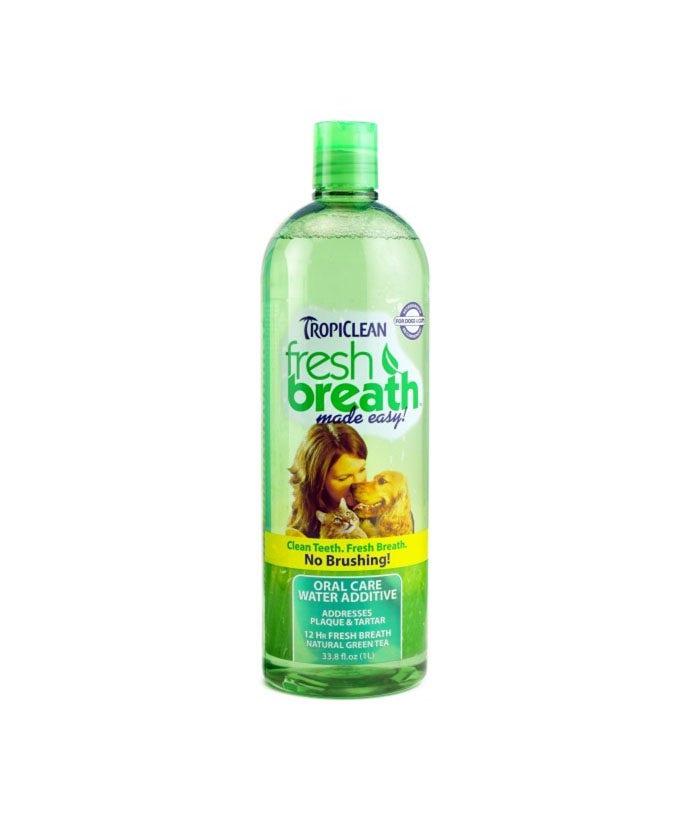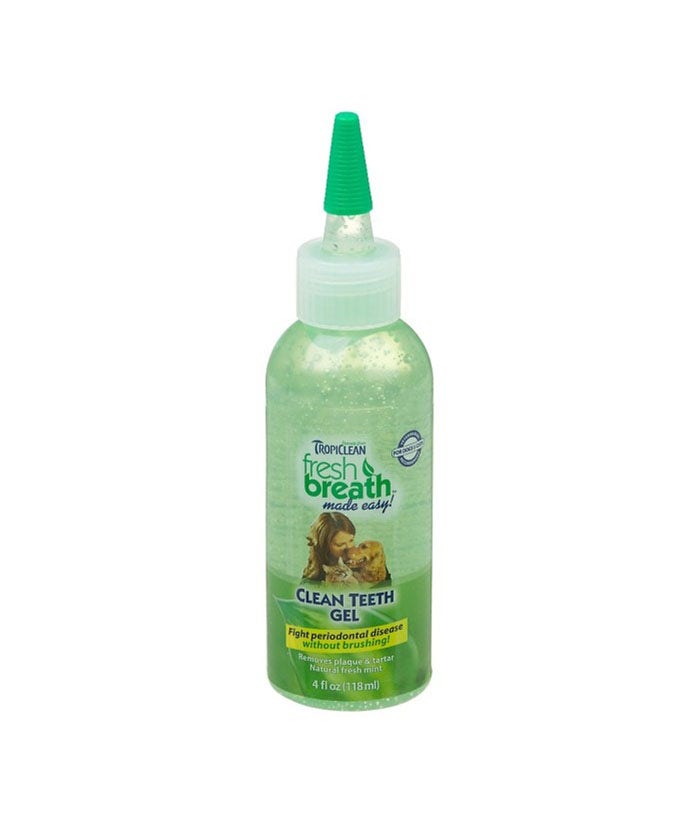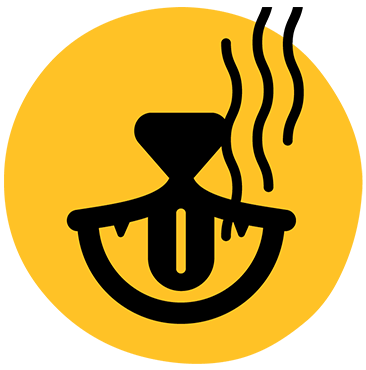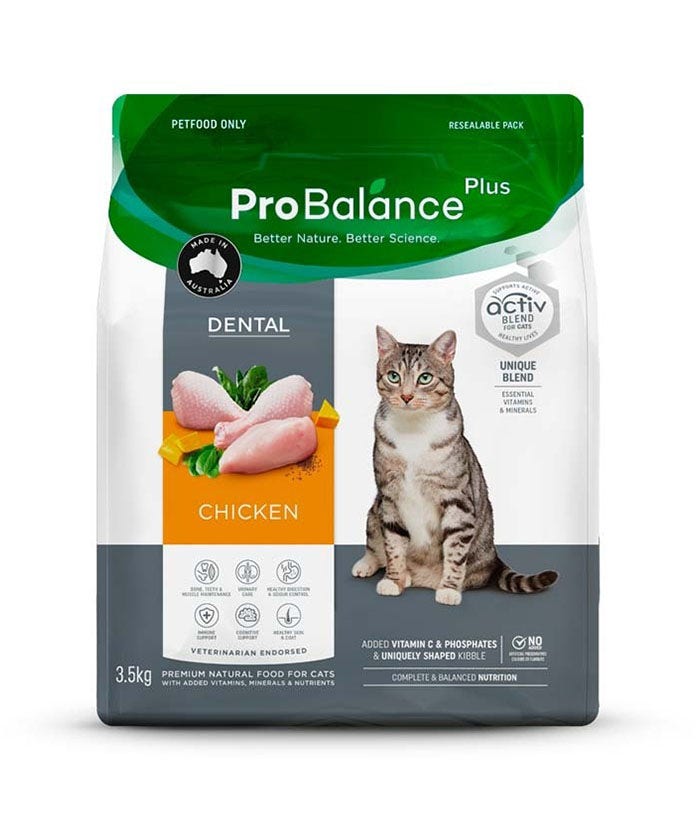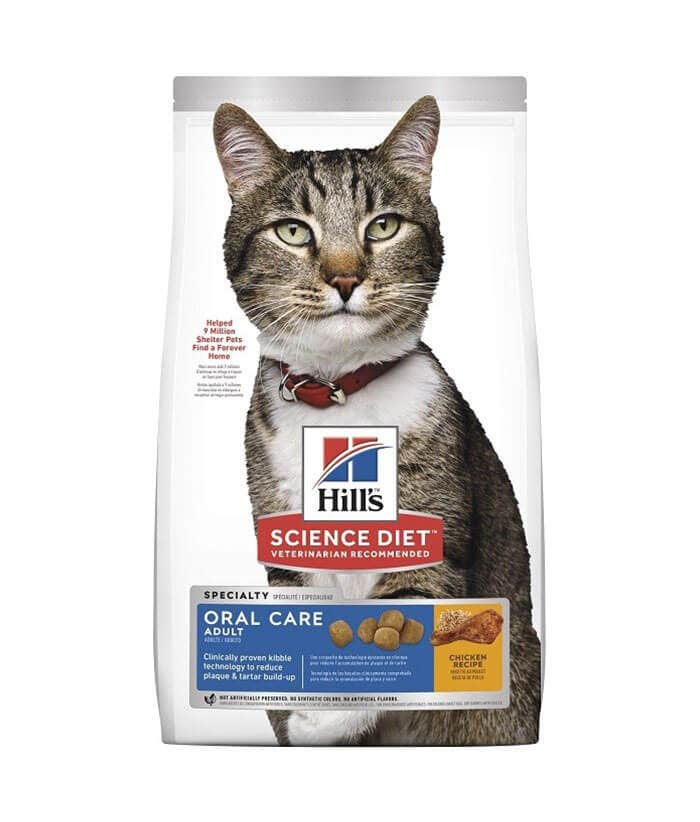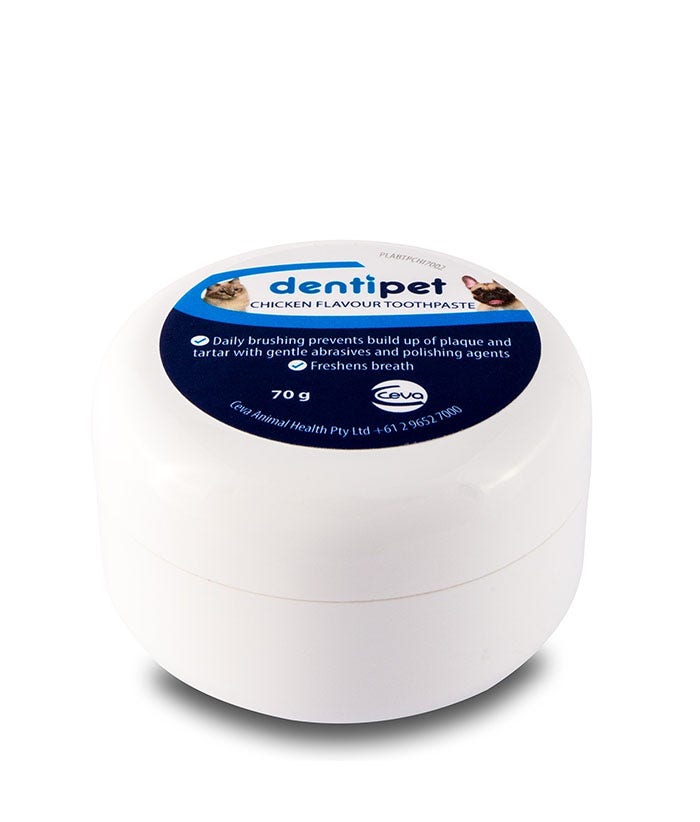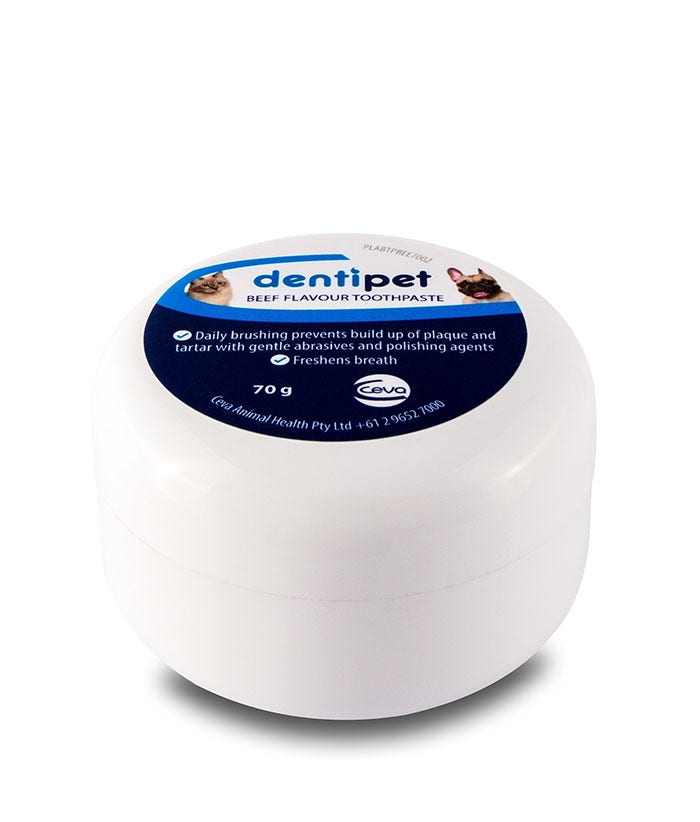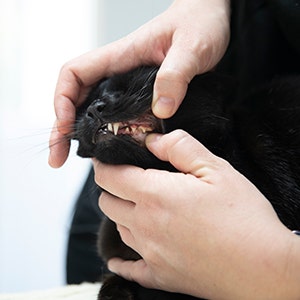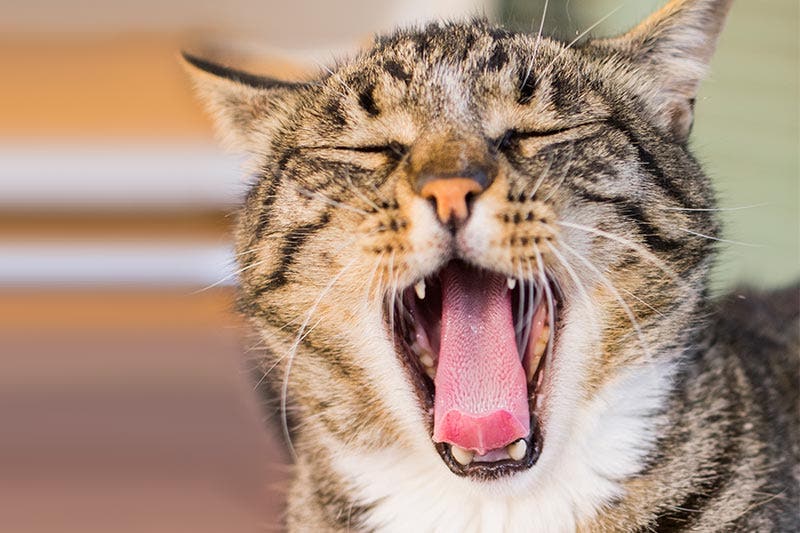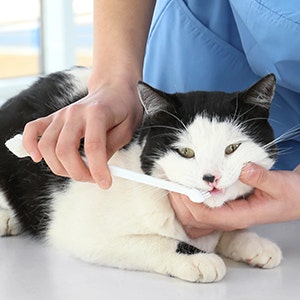- Home
- Dental
Log in
Not a member yet?
Become a Friends for Life Member and you’ll get access to benefits to help keep your pet healthy and happy at Petbarn, City Farmers and Greencross Vets
Become a Friends for Life member and you’ll get access to benefits to keep your pet healthy & happy at Petbarn, City Farmers and Greencross Vets.
Why join Friends for Life?
- Membership is free and instant to join
- Receive member pricing on selected products*
- Access our Frequent Feeder program
- Access our convenient Repeat Delivery service
- Earn Friends for Life points on purchases from Petbarn and City Farmers retail stores, Greencross Vets clinics or online at Petbarn.com.au
- Access special offers, promotions and more
Want to know more about Friends For Life membership? Learn more
Not a Friends for Life member yet? Join Friends for Life.
*Member pricing and products to which it will be applied may vary from time-to-time. Pricing offered online may not be the same as that offered in-store.
- It if free and instant to join.
- Access to member pricing, instore and online.
- Access our convenient Repeat Delivery service to save even more.
- Access our Frequent Feeder program and earn up off 20% of eligible products.
- Earn Friends for Life points on all your spend at Petbarn, Greencross Vets or petbarn.com.au to redeem for vouchers.
- Access to online member pricing, its free and instant to join
- Earn points on every dollar spent at Petbarn, Greencross Vets or petbarn.com.au
- Receive a $10 voucher after you have accrued 6,000 points
- Access to our Frequent Feeder program to receive up to 20% off eligible food when shopping in store
- Access to special offers and promotions
Becoming a member is easy.
Why join Friends for Life?
- Membership is free and instant to join
- Receive member pricing on selected products*
- Access our Frequent Feeder program
- Access our convenient Repeat Delivery service
- Earn Friends for Life points on purchases from Petbarn and City Farmers retail stores, Greencross Vets clinics or online at Petbarn.com.au
- Access special offers, promotions and more
Want to know more about Friends For Life membership? Learn more
*Member pricing and products to which it will be applied may vary from time-to-time. Pricing offered online may not be the same as that offered in-store.
- It if free and instant to join.
- Access to member pricing, instore and online.
- Access our convenient Repeat Delivery service to save even more.
- Access our Frequent Feeder program and earn up off 20% of eligible products.
- Earn Friends for Life points on all your spend at Petbarn, Greencross Vets or petbarn.com.au to redeem for vouchers.
- Access to online member pricing, its free and instant to join
- Earn points on every dollar spent at Petbarn, Greencross Vets or petbarn.com.au
- Receive a $10 voucher after you have accrued 6,000 points
- Access to our Frequent Feeder program to receive up to 20% off eligible food when shopping in store
- Access to special offers and promotions
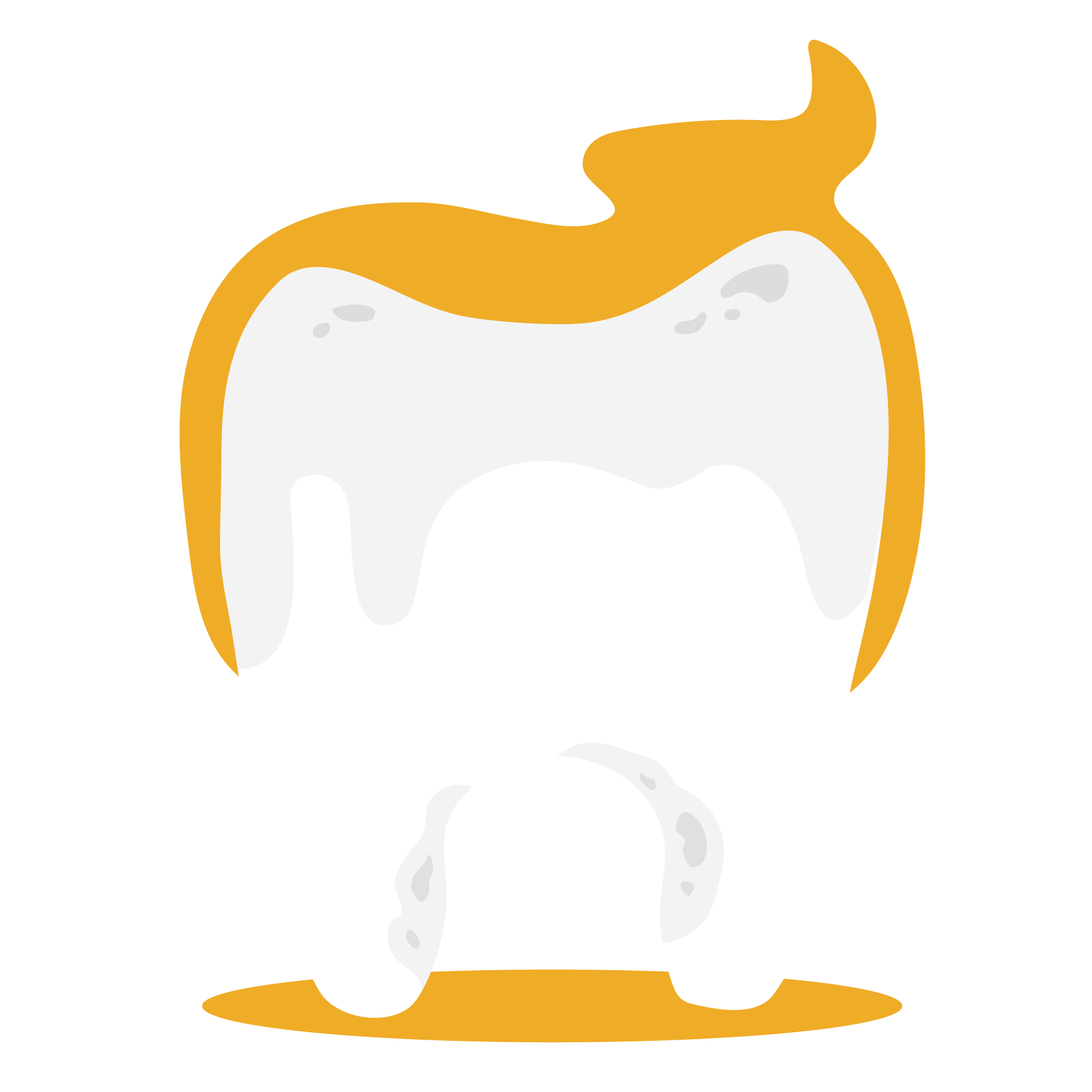

Healthy habits lead to a lifetime of wellness
A regular dental routine helps your pet live a happy and healthy life.
Dental health plays an important role in your pet’s overall health and wellbeing, but more than 80% of cats and dogs develop a form of dental disease by the time they turn 3.
The build-up of plaque and tartar can cause gingivitis, bleeding and pain, which left untreated can contribute to certain forms of heart, liver and kidney problems. Prevention is always better than a cure, so Greencross Vets have provided their best dental advice to set your pets up with great dental hygiene for life.
Select your pet to find out how to care for their teeth


Dog


Cat
7 signs of dental disease in dogs
Pets can’t tell us when it hurts so get to know the 7 signs of dental disease and take them to the vet if you think they might be displaying symptoms.
Smelly dog breath, whist common, isn’t normal and is the easiest way to identify the first signs of dental disease. Other symptoms include plaque and tartar build-up, reddened gums, excessive salivation, pawing at the mouth and difficulty chewing. Abscesses seen as lumps below the eye can also be seen.
6 steps
for dog dental care
Just like us, dogs need a daily dental hygiene routine. If you can’t remember the last time you brushed your dog’s teeth, then it’s time to step-up your dog’s dental routine.
Maintaining dogs’ dental health is essential to their overall well-being and in most cases, dental disease is preventable with the right care.
Scroll to:
1
Book a checkup with your vet
If you can’t remember the last time you brushed your dog’s teeth, they probably need a dental checkup Regularly visit the vet who can perform dental examinations and provide prevention and treatment plans. You can find your closest Greencross vet at Greencross Vets


2
Feed a dental diet
Dental diets are dry food designed with a particular shape and texture to “scrub” or provide mild abrasion to your dog’s teeth and clean off plaque as they chew. They also contain ingredients that promote fresh breath and better dental health.
3
Brush their teeth daily
Brushing your dog’s teeth daily with a pet toothbrush is the most recommended way to reduce plaque build-up. Check out our range of tasty beef or chicken flavoured toothpastes that your best mate will love!
4
Feed dental treats and chews
Reward your dog with a tasty treat that helps to clean their teeth. While dental treats shouldn’t be solely relied on for your pet’s dental hygiene, they’re a useful addition to their home dental care program
5
Play with dental toys
Dental chew toys are a fun way to keep your dog’s pearly whites sparkling. Rope toys and textured rubber toys are two great options that will keep them entertained while also mechanically cleaning their teeth.
6
Add water additive or teeth gel
Other elements you can include in your dog’s daily dental care routine are water additives and oral gels. Either measure the additive into their drinking water or apply the gel to their teeth daily to promote healthy teeth and gums and to fight bad breath.
7 signs of dental disease in cats
Pets can’t tell us when it hurts, so get to know the 7 signs of dental disease and take them to the vet if you think they might be displaying symptoms.
Smelly cat breath isn’t normal and is the easiest way to identify the first signs of dental disease. Other symptoms include plaque and tartar build-up, reddened gums, excessive salivation, pawing at the mouth, under eye-swelling, loss of appetite and difficulty chewing.
5 steps
for cat dental care
Just like us, cats need a daily dental hygiene routine. If you can’t remember the last time you brushed your cat’s teeth, then it’s time to step-up their dental routine.
Maintaining cat’s dental health is essential to their overall well-being and in most cases, dental disease is preventable with the right care. You can help protect your cat’s teeth with 5 keys steps:
Scroll to:
1
Book a checkup with your vet
If you can’t remember the last time you brushed your cat’s teeth, they probably need a dental check up. Regularly visit the vet who can perform dental examinations and provide prevention and treatment plans. You can find your closest Greencross vet at Greencross Vets


2
Feed a dental diet
Dental diets are dry food designed with a particular shape and texture to “scrub” or provide mild abrasion to your cat’s teeth and clean off plaque as they chew. They also contain ingredients that promote fresh breath and better dental health.
3
Brush their teeth daily
Brushing your cat’s teeth daily with a pet toothbrush is the most recommended way to reduce plaque build-up. Check out our range of tasty beef or chicken flavoured toothpastes that your feline friend will love!
4
Feed dental treats and chews
Reward your cat with a tasty treat that helps to clean their teeth. While dental treats shouldn’t be solely relied on for your pet’s dental hygiene, they’re a useful addition to their home dental care program
5
Add water additive or teeth gel
Other elements you can include in your cat’s daily dental care routine are water additives and oral gels. Either measure the additive into their drinking water or apply the gel to their teeth daily to promote healthy teeth and gums and to fight bad breath.


